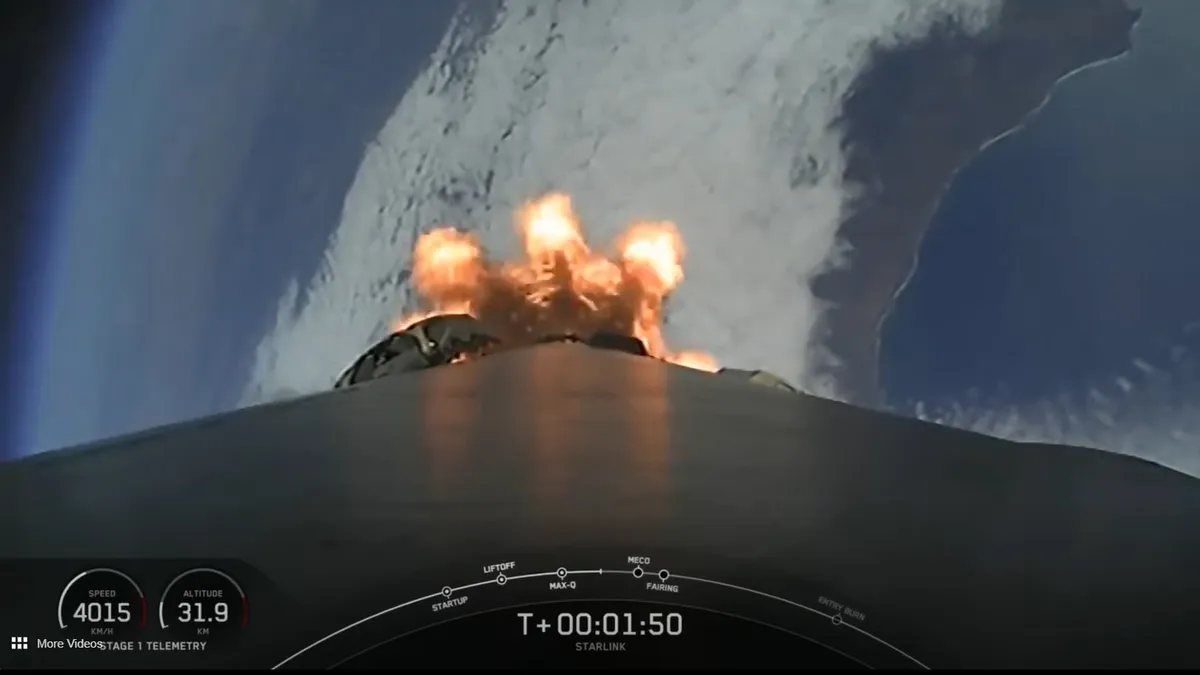
On May 27, 2025, SpaceX commenced a thrilling day in the realm of aerospace with the successful launch of a new batch of Starlink satellites. This launch, part of the Starlink 17-1 mission, was executed using the Falcon 9 rocket, marking an exciting beginning to a day filled with significant milestones, including the anticipated ninth test flight of the company's iconic Starship megarocket.
The Falcon 9 rocket lifted off from the Vandenberg Space Force Base at precisely 12:57 p.m. EDT (1657 GMT; 9:57 a.m. local time). This mission was particularly noteworthy as it involved the first batch of a new group of Starlink satellites, designed to enhance global internet coverage from low Earth orbit (LEO). The launch represented the 13th mission for Falcon 9’s first stage booster, known as B1082, which successfully returned for refurbishment after its flight.
Each SpaceX Starlink mission is designated according to the orbital inclinations of the satellite groups being launched. The Starlink 17-1 mission initiates a new group inclination that will help expand the functionality of the entire Starlink network. Approximately 2.5 minutes after liftoff, the rocket achieved main engine cutoff, followed by stage separation. The Falcon 9's upper stage continued its journey to LEO, while the booster executed a deceleration burn, setting the stage for a safe return.
About 8.5 minutes post-launch, the B1082 booster made a successful landing on SpaceX's Of Course I Still Love You drone ship, stationed in the Pacific Ocean. This recovery marks another successful operation in SpaceX’s ongoing mission to reduce launch costs through reusable rocket technology.
The Starlink satellite stack is expected to be deployed from the Falcon 9 upper stage's payload adapter approximately one hour after launch. Over the next several days, these satellites will maneuver into their designated orbits within the expansive Starlink megaconstellation. Currently, the Starlink network boasts over 7,000 operational satellites, providing extensive coverage across the globe. This innovative network enables users to access high-speed internet from virtually anywhere, as long as their Starlink receiver has a clear view of the sky (excluding polar regions).
Today's launch signifies SpaceX's 63rd Falcon 9 mission of the year 2025, reflecting the company's relentless drive to innovate and expand its space operations. As SpaceX continues to push boundaries in space exploration and satellite deployment, the future of connectivity and aerospace looks promising.